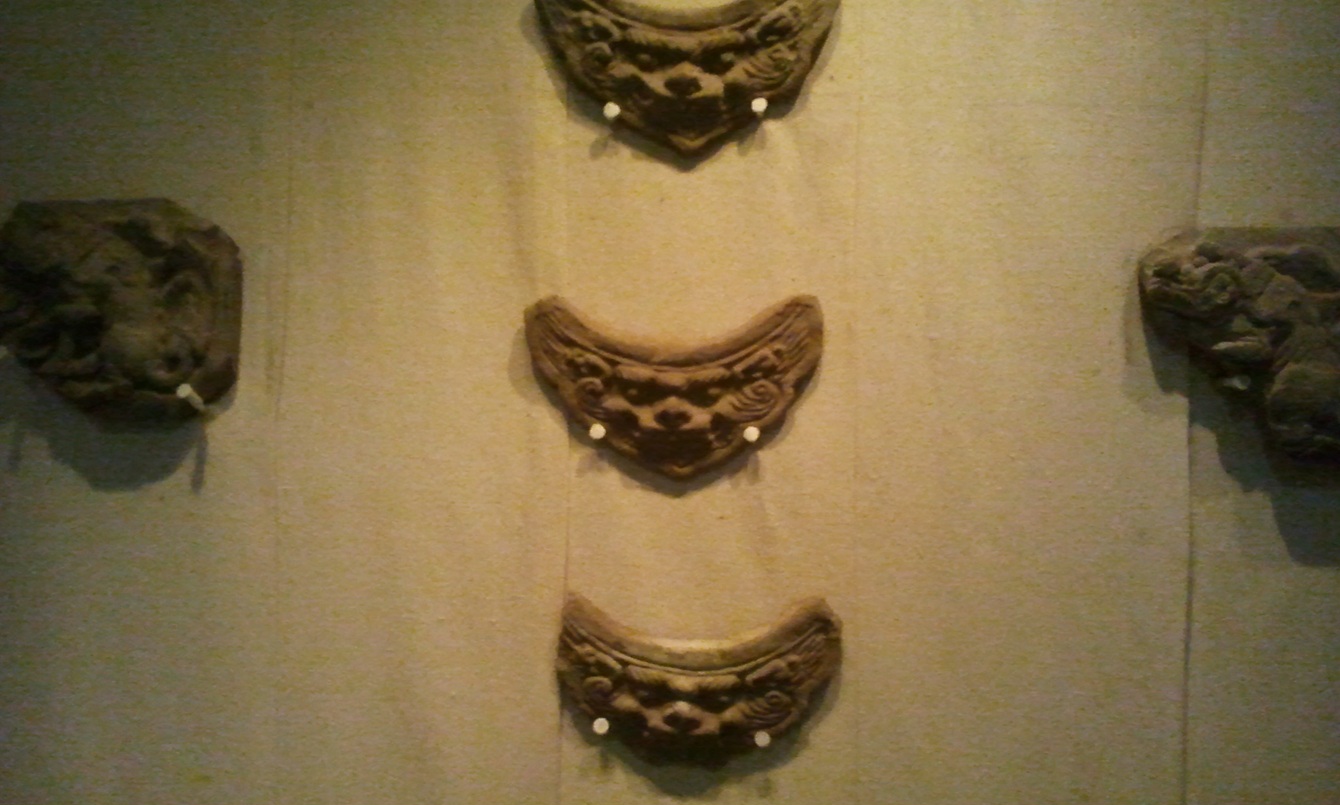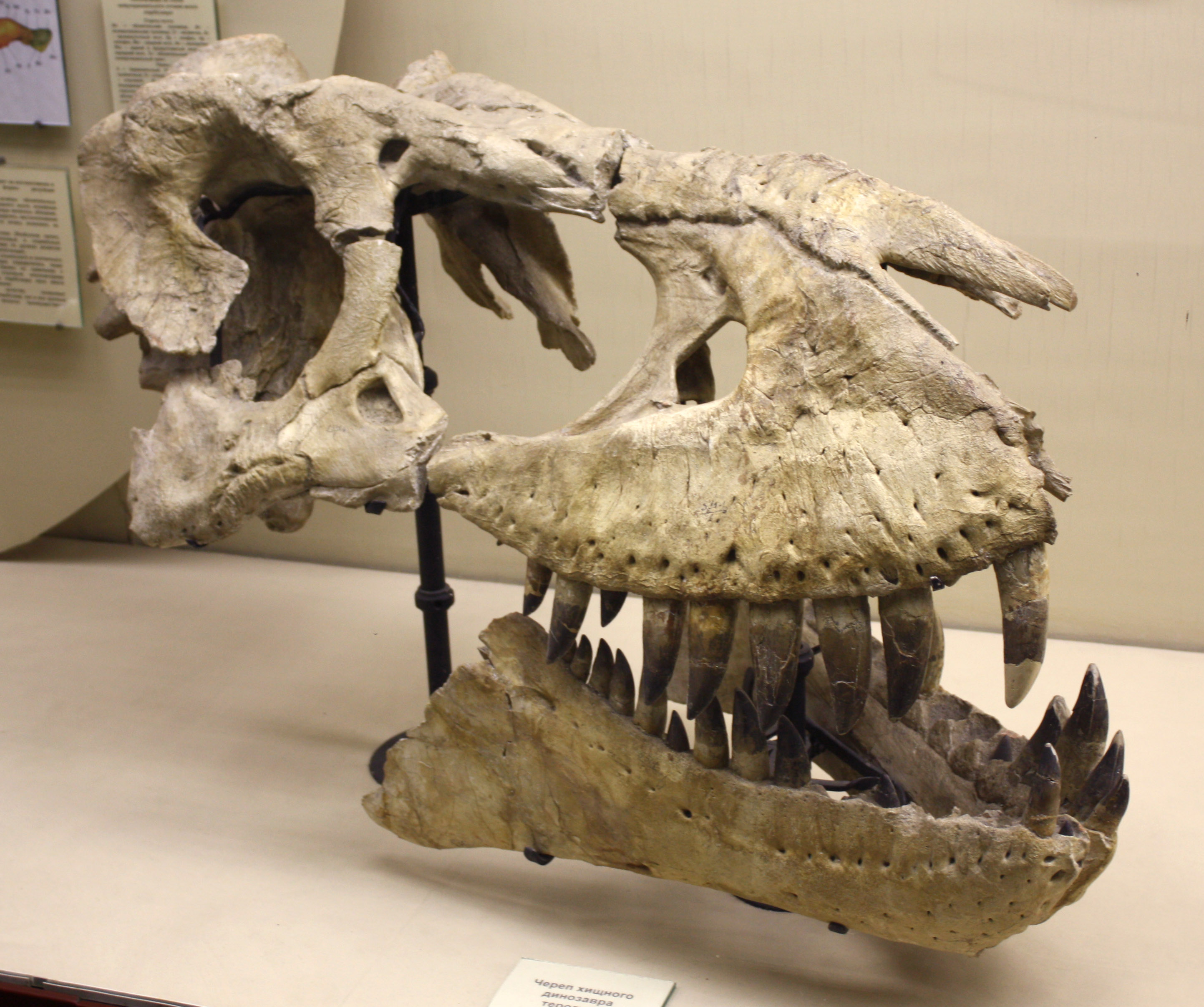|
Mongolian Natural History Museum
The Mongolian Natural History Museum ( mn, Байгалийн түүхийн музей) is a repository and research institution located in Ulaanbaatar, Mongolia. The museum was previously known as the Mongolian National Museum or State Central Museum. The museum includes Departments of Geology, Geography, Flora and Fauna, Paleontology, and Anthropology encompassing the natural history of Mongolia. The museum's holdings include more than 6000 specimens, 45% of which were on permanent public display. The museum is particularly well known for its dinosaur and other paleontological exhibits, among which the most notable are a nearly complete skeleton of a late Cretaceous ''Tarbosaurus'' tyrannosaurid and broadly contemporaneous nests of ''Protoceratops'' eggs. The old museum building was demolished in 2019 and the museum moved to the site of the Central Museum of Dinosaurs of Mongolia, with which it had been merged. History The Museum was established in 1924 as the ''National Mu ... [...More Info...] [...Related Items...] OR: [Wikipedia] [Google] [Baidu] |
Ulaanbaatar
Ulaanbaatar (; mn, Улаанбаатар, , "Red Hero"), previously anglicized as Ulan Bator, is the capital and most populous city of Mongolia. It is the coldest capital city in the world, on average. The municipality is located in north central Mongolia at an elevation of about in a valley on the Tuul River. The city was originally founded in 1639 as a nomadic Buddhist monastic center, changing location 28 times, and was permanently settled at its current location in 1778. During its early years, as Örgöö (anglicized as Urga), it became Mongolia's preeminent religious center and seat of the Jebtsundamba Khutuktu, the spiritual head of the Gelug lineage of Tibetan Buddhism in Mongolia. Following the regulation of Qing-Russian trade by the Treaty of Kyakhta in 1727, a caravan route between Beijing and Kyakhta opened up, along which the city was eventually settled. With the collapse of the Qing Empire in 1911, the city was a focal point for independence efforts, leading ... [...More Info...] [...Related Items...] OR: [Wikipedia] [Google] [Baidu] |
Mongolia
Mongolia; Mongolian script: , , ; lit. "Mongol Nation" or "State of Mongolia" () is a landlocked country in East Asia, bordered by Russia to the north and China to the south. It covers an area of , with a population of just 3.3 million, making it the world's most sparsely populated sovereign nation. Mongolia is the world's largest landlocked country that does not border a closed sea, and much of its area is covered by grassy steppe, with mountains to the north and west and the Gobi Desert to the south. Ulaanbaatar, the capital and largest city, is home to roughly half of the country's population. The territory of modern-day Mongolia has been ruled by various nomadic empires, including the Xiongnu, the Xianbei, the Rouran, the First Turkic Khaganate, and others. In 1206, Genghis Khan founded the Mongol Empire, which became the largest contiguous land empire in history. His grandson Kublai Khan conquered China proper and established the Yuan dynasty. After the co ... [...More Info...] [...Related Items...] OR: [Wikipedia] [Google] [Baidu] |
Tarbosaurus
''Tarbosaurus'' ( ; meaning "alarming lizard") is a genus of tyrannosaurid dinosaur that flourished in Asia about 70 million years ago, at the end of the Late Cretaceous Period, considered to contain a single known species, ''Tarbosaurus bataar''. Fossils have been recovered from the Nemegt Formation of Mongolia, with more fragmentary remains found further afield in the Subashi Formation of China. Although many species have been named, modern paleontologists recognize only one, ''T. bataar'', as valid. Some experts see this species as an Asian representative of the North American genus ''Tyrannosaurus''; this would make the genus ''Tarbosaurus'' redundant. ''Tarbosaurus'' and ''Tyrannosaurus'', if not synonymous, are considered to be at least closely related genera. ''Alioramus'', also from Mongolia, has previously been thought by some authorities to be the closest relative of ''Tarbosaurus'', though this has since been disproven with the discovery of '' Qianzhousaurus'' and ... [...More Info...] [...Related Items...] OR: [Wikipedia] [Google] [Baidu] |
Protoceratops
''Protoceratops'' (; ) is a genus of small protoceratopsid dinosaurs that lived in Asia during the Late Cretaceous, around 75 to 71 million years ago. The genus ''Protoceratops'' includes two species: ''P. andrewsi'' and the larger ''P. hellenikorhinus''. The former was described in 1923 with fossils from the Mongolian Djadokhta Formation, and the latter in 2001 with fossils from the Chinese Bayan Mandahu Formation. ''Protoceratops'' was initially believed to be an ancestor of ankylosaurians and larger ceratopsians, such as ''Triceratops'' and relatives, until the discoveries of other protoceratopsids. Populations of ''P. andrewsi'' may have evolved into ''Bagaceratops'' through anagenesis. ''Protoceratops'' were small ceratopsians, about long and in body mass. While adults were largely quadrupedal, juveniles had the capacity to walk around bipedally if necessary. They were characterized by a proportionally large skull, short and stiff neck, and neck frill. The frill was likel ... [...More Info...] [...Related Items...] OR: [Wikipedia] [Google] [Baidu] |
Central Museum Of Dinosaurs Of Mongolia
Central Museum of Dinosaurs of Mongolia was a paleontological museum in Chingeltei District, Ulaanbaatar. It was dedicated to the preservation and discovery of dinosaur fossils. The museum was finished in 1974. In August 2019 the Dinosaur Museum was merged into the Natural History Museum A natural history museum or museum of natural history is a scientific institution with natural history collections that include current and historical records of animals, plants, fungi, ecosystems, geology, paleontology, climatology, and more. ..., which now occupies the Dinosaur Museum's former premises. The old Natural History Museum building was demolished in 2019 and a new Chinggis Khaan Museum built in its place. References Museums in Mongolia Paleontology in Mongolia Museums established in 1974 Buildings and structures in Ulaanbaatar Fossil museums Dinosaur museums {{Asia-museum-stub ... [...More Info...] [...Related Items...] OR: [Wikipedia] [Google] [Baidu] |
Mongolian Museum
Mongolian may refer to: * Something of, from, or related to Mongolia, a country in Asia * Mongolian people, or Mongols * Mongolia (1911–24), the government of Mongolia, 1911–1919 and 1921–1924 * Mongolian language * Mongolian alphabet * Mongolian (Unicode block) * Mongolian cuisine * Mongolian culture Other uses * Mongolian idiocy, now more commonly referred to as Down syndrome See also * * Languages of Mongolia * List of Mongolians * Mongolian nationalism (other) Mongolian nationalism may refer to: * Historical Mongolian nationalism that led to the Mongolian Revolution of 1911 against the Qing Empire * Historical Mongolian nationalism that led to the Mongolian Revolution of 1921 against the Chinese Republic ... * Mongolian race (other) * Mongoloid (other) {{disambiguation Language and nationality disambiguation pages ... [...More Info...] [...Related Items...] OR: [Wikipedia] [Google] [Baidu] |
1990 Mongolian Democratic Revolution
The Mongolian Revolution of 1990, known in Mongolia as the 1990 Democratic Revolution ( mn, 1990 оны ардчилсан хувьсгал, ), was a peaceful democratic revolution which led to the country's transition to a multi-party system. It was inspired by the economic reforms of the Soviet Union in the late 1980s and was one of the many revolutions of 1989. It was led mostly by young demonstrators who rallied at Sükhbaatar Square, in the capital Ulaanbaatar. The main organisers of the demonstrations included Davaadorjiin Ganbold, Tsakhiagiin Elbegdorj, Sanjaasürengiin Zorig, Erdeniin Bat-Üül, Bat-Erdeniin Batbayar, and Dogmidiin Sosorbaram. Although one-party rule in Mongolia officially ended with the adoption of a new constitution on 12 February 1992, the Mongolian People's Revolutionary Party (MPRP) remained in power until it was defeated by the Democratic Union Coalition in the 1996 legislative election. However, the MPRP government of the early multi-p ... [...More Info...] [...Related Items...] OR: [Wikipedia] [Google] [Baidu] |
National Museum Of Mongolia
The National Museum of Mongolia ( mn, 1=Монголын үндэсний түүхийн музей); formerly the National Museum of Mongolian History is located in Ulaanbaatar. It characterizes itself as "a cultural, scientific, and educational organization, which is responsible for the collection, care and interpretation of the objects." History The first museum in Mongolia, the Mongolian National Museum (now the Mongolian Natural History Museum), was established in 1924. Russian scholars, such as Pyotr Kozlov, V. I. Lisovskii, A. D. Simukov, and the American researcher Roy Chapman Andrews contributed to the museum's early collections and exhibits. Exhibitions cover prehistory, pre-Mongol Empire history, Mongol Empire, Mongolia during Qing rule, ethnography and traditional life, and twentieth-century history. The ethnographic collection has significant displays of the traditional dress of various Mongolian ethnic groups and of snuff bottles. Most exhibits have labels in both ... [...More Info...] [...Related Items...] OR: [Wikipedia] [Google] [Baidu] |
Museums In Mongolia
This is a list of museums in Mongolia. Baruun-Urt * General Museum of Sukhbaatar Province Bayankhongor * Historical-ethnographical and Natural History Museum of Bayankhongor province Choibalsan * Museum of Dornod Province Khovd * Khovd Province museum Kharkhorin * Kharakhorum museum * Khushuu Tsaidam Museum Öndörkhaan * Setsenkhaan Palace and Khentii Province museum Sainshand * Danzanravjaa Museum * Sainshand Natural History Museum Sükhbaatar * General Museum of Selenge Province Tsetserleg * Arkhangai province museum Ulaanbaatar * Central Museum of Dinosaurs of Mongolia * Choijin Lama Temple Museum * Hunting and Game Museum * International Intellectual Museum * Marshal Jukov House Museum * Memorial Museum for Victims of Political Repression * Mongol Costumes Museum * Mongolian Theatre Museum * Museum of Traditional Medicine * Mongolian Natural History Museum * Mongolian Military Museum Mongolia Museum of Art* Mongolian National M ... [...More Info...] [...Related Items...] OR: [Wikipedia] [Google] [Baidu] |
Buildings And Structures In Ulaanbaatar
A building, or edifice, is an enclosed structure with a roof and walls standing more or less permanently in one place, such as a house or factory (although there's also portable buildings). Buildings come in a variety of sizes, shapes, and functions, and have been adapted throughout history for a wide number of factors, from building materials available, to weather conditions, land prices, ground conditions, specific uses, prestige, and aesthetic reasons. To better understand the term ''building'' compare the list of nonbuilding structures. Buildings serve several societal needs – primarily as shelter from weather, security, living space, privacy, to store belongings, and to comfortably live and work. A building as a shelter represents a physical division of the human habitat (a place of comfort and safety) and the ''outside'' (a place that at times may be harsh and harmful). Ever since the first cave paintings, buildings have also become objects or canvasses of much artistic ... [...More Info...] [...Related Items...] OR: [Wikipedia] [Google] [Baidu] |
Natural History Museums
A natural history museum or museum of natural history is a scientific institution with natural history scientific collection, collections that include current and historical records of animals, plants, Fungus, fungi, ecosystems, geology, paleontology, climatology, and more. History The primary role of a natural history museum is to provide the scientific community with current and historical specimens for their research, which is to improve our understanding of the natural world. Some museums have public exhibits to share the beauty and wonder of the natural world with the public; these are referred to as 'public museums'. Some museums feature non-natural history collections in addition to their primary collections, such as ones related to history, art, and science. Renaissance Cabinet of curiosities, cabinets of curiosities were private collections that typically included exotic specimens of national history, sometimes faked, along with other types of object. The first natu ... [...More Info...] [...Related Items...] OR: [Wikipedia] [Google] [Baidu] |





